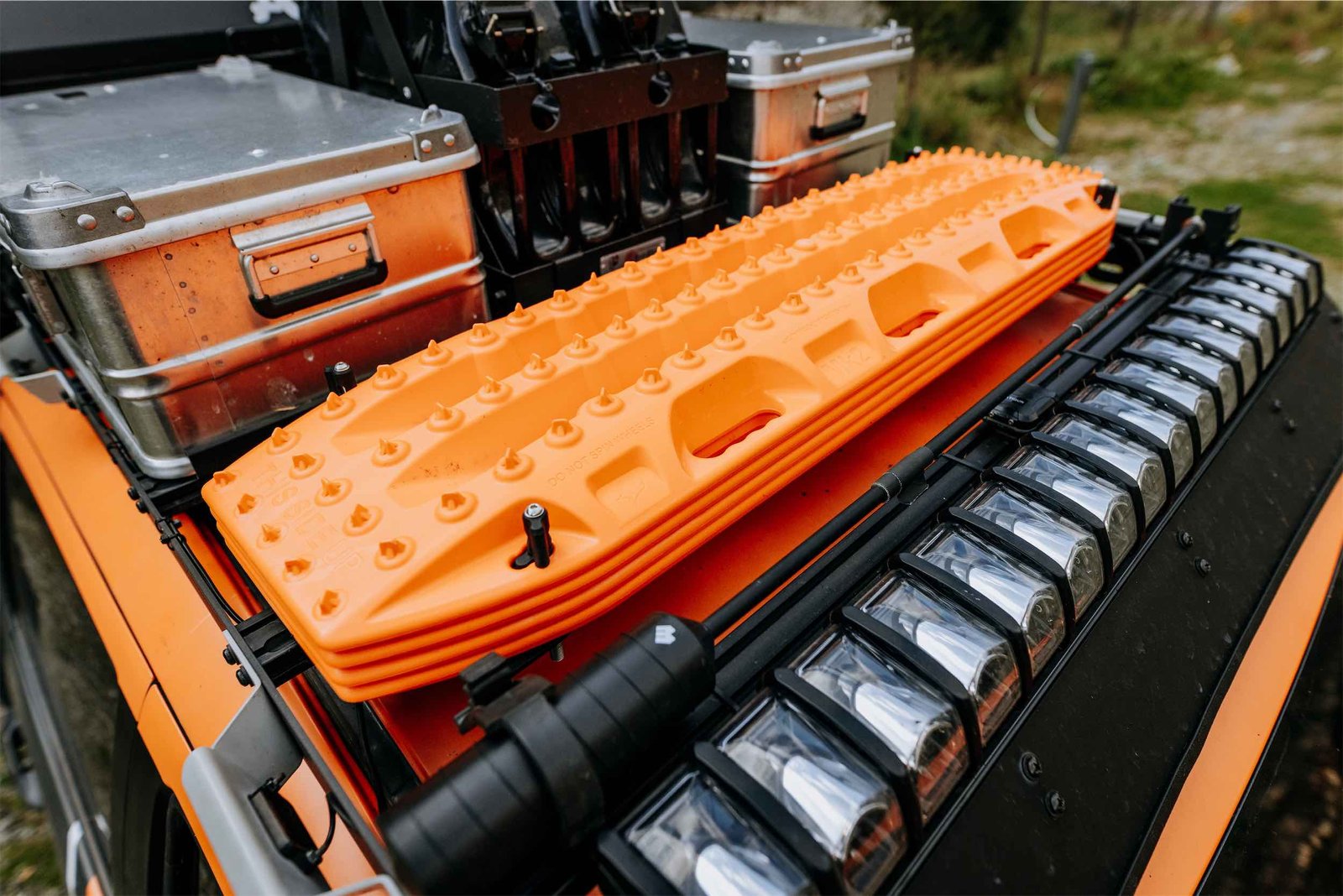Spend enough time outdoors and you’ll quickly realize that there are tools you can’t go anywhere without, as well as some tools that aren’t necessary. Now is the time to settle the debate and do what every Overlander needs. We’ve put together a list that will keep you alive, comfortable, well-nourished, and safe. Without further ado, here are the Useful Overlanding Gear Items every Overlander needs for adventure.
Looking for a Call Girl in Jaipur while you feeling alone during your Jaipur trip.
Also Check This Blog Electric Cars for Overlanding.
1. First Aid Kit
It’s listed first for a reason – it could save your life. You can either make your own or buy one with all the necessary things. But the most important thing is to familiarize yourself with the material and know what the capabilities are. You don’t want one of those pocket-sized kits from the grocery store with some bandaids and Neosporin. You need a kit that is capable of managing serious wounds, burns, allergic reactions and more.
2. Nomad Shovel
The Nomad is a two-part, take-anywhere, extremely lightweight aluminum adventure shovel that you’ll actually want to use. Measuring 33″ overall length and collapsing to 17″, the Nomad is perfect for throwing in the back of your vehicle, fishing or river trips, camping, beach days and especially when leaving no trace of a campfire or human It’s the perfect shovel. animal waste.
3. Camp Cooking
Choosing a hot meal can make a huge difference in maintaining a positive attitude. You’ll need a camp stove, a few different sized pots, and basic kitchen utensils. If you have the space and love to cook, you can pack with the same cooking items you have at home. There are many kits available that fit into each other so size and weight are minimal. Stainless steel cookware is a great material that withstands outdoor abuse and stays clean.
4. Sleep system
Amidst all the overlanding camping gear, the value of a good night’s sleep cannot be overstated. Whether you have a rooftop tent or you’re camping in the bed of a truck, comfort matters. This will vary depending on your vehicle and personal preference, but will focus on insulation strength, cushioning and moisture wicking ability. If you’ve got a comfortable bed with a mattress in the back of the van, that’s great.
5. Basic Tools & Repair Kit
Similar to a first aid kit, you can purchase a set of basic tools or make your own. Additionally, equip yourself with the knowledge of how to use the tools. Keep all these items together and store them in an organized manner. Chances are you won’t need these often, but when you do need them you’ll want to be able to find them quickly. Keep other items like paracord, duct tape, and zip ties nearby as they have unlimited uses.
6. Vehicle Recovery Kit
If your vehicle is stuck or stationary you are not getting off the ground and excess fuel comes first in this category. While you’ll want to be aware of the nearest service stations and fill up with gas when possible, a full gas can is cheap insurance. A heavy-duty winch can be a lifesaver on the front of overland vehicles, but you’ll also need a tow strap, shackles, traction board, and a shovel (more on that later). If you have the space, a high-lift jack is a great addition to your recovery gear.
7. Shovel
It’s hard to beat a shovel for simplicity and multipurpose use. You can pack a small fold-up shovel that takes up minimal space, or a full-sized shovel if you have the space. This piece of gear can open your vehicle, put out a fire, bury trash, and clean up a campsite all in one day.
8. Fire Extinguisher
These are non-negotiable and require little explanation – they’re small, cheap, and can keep a bad situation from turning tragic. Be sure to check the pressure and keep it somewhere that is accessible and visible so other people can find it.
9. Satellite Communication/Navigation
It is important for any overlanding trip to know where you are and where you are going. You’ll want some type of electronic mapping, like a handheld GPS or an app like OnX on your phone. These provide topographic information, satellite imagery and public land boundaries. Good old-fashioned paper maps are also hard to beat for quick, big-picture reference. Along the same lines, you might want a satellite communicator in case of an emergency.
10. Lighting
It’s impossible to avoid darkness after the sun sets, but having a few different LED lights makes life easier. Headlamps are small and easy to keep close at hand near the driver’s seat and one or two others along with commonly used gear such as cooking equipment. A full-sized flashlight or collapsible LED lantern is perfect for illuminating a large area when you need a lot of light.

[…] and that it’s legal for you to stay there. There are rules governing not only your camping activities but also your fishing, boating and kayaking. The Kayak Guru’s Guide Kayaking Rules and […]